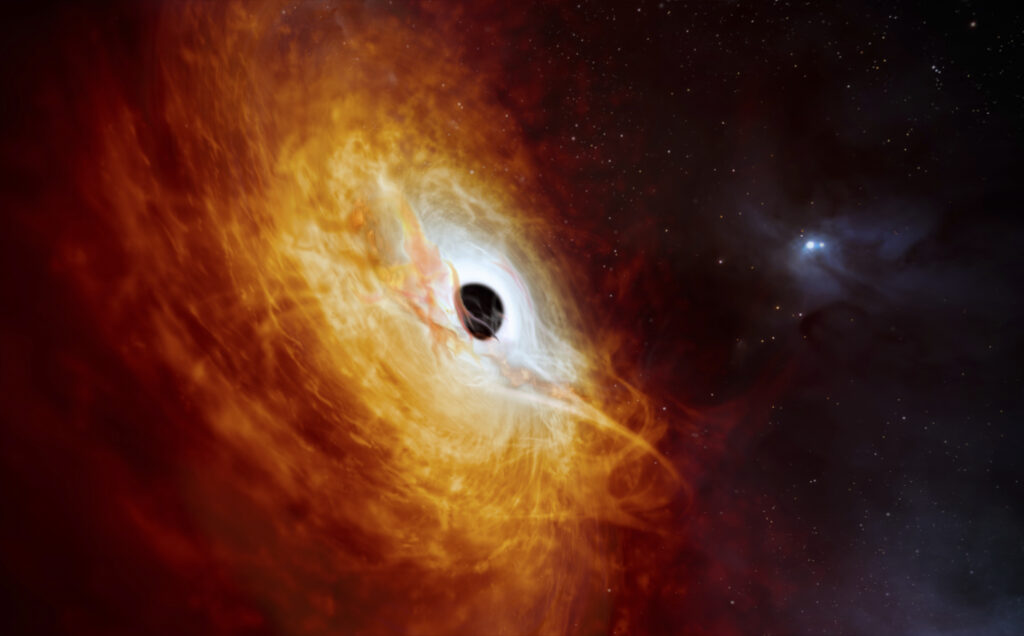
Scientists discovered what may be the universe’s brightest object on Monday — a quasar as luminous as 500 trillion suns.
“Increasing in mass by the equivalent of one sun per day, the quasar is 17 billion times stronger than the sun, making it the fastest growing black hole known to man,” an Australian-based Nature Astronomy team reported on Monday.
In 1980, the European Southern Observatory saw the quasar, J0529-4351, while conducting a sky survey, but it recorded it as a star. It was not verified as a quasar until last year with findings by telescopes in Australia and in Chile’s Atacama Desert.

“It is a surprise that it has remained unknown until today when we already know about a million less impressive quasars,” Australian National University scientist Christopher Onken said in the report. “It has literally been staring us in the face until now.”
According to the Monthly Notices of the Royal Astronomical Society, quasars are the result of galaxies colliding and powered by black holes that gather matter from their surroundings and then produce enormous amounts of light. As some of the brightest objects in the sky, they are visible from Earth.
CLICK HERE TO READ MORE FROM THE WASHINGTON EXAMINER
“We have discovered the fastest-growing black hole known to date,” lead astronomer Christian Wolf said in Nature Astronomy.
The quasar has existed since the beginning of the universe and remains 12 billion light-years away. One light-year is equal to 5.8 trillion miles. While the quasar presents as a tiny dot in images, astronomers describe it as a ferociously violent place.







